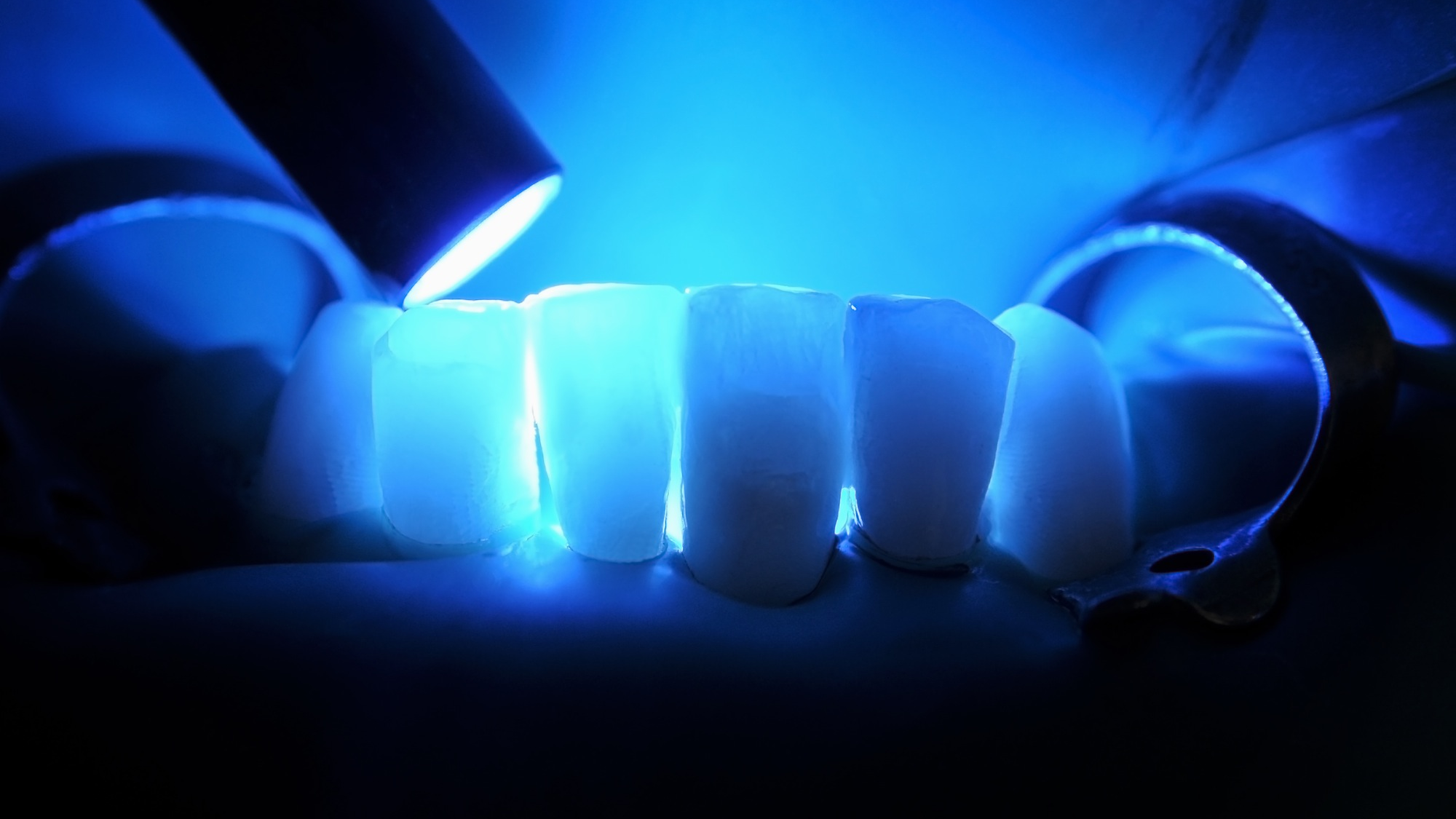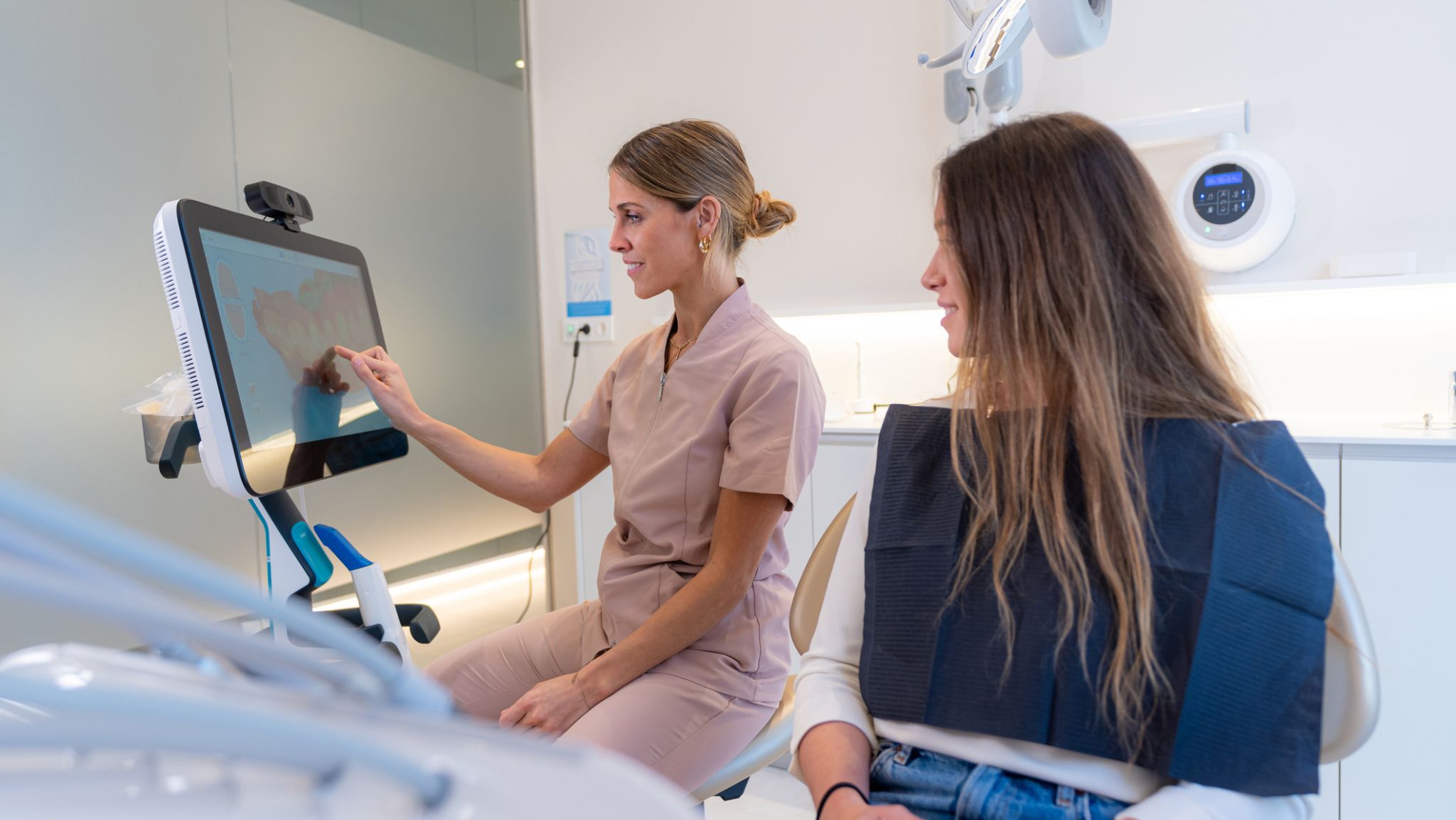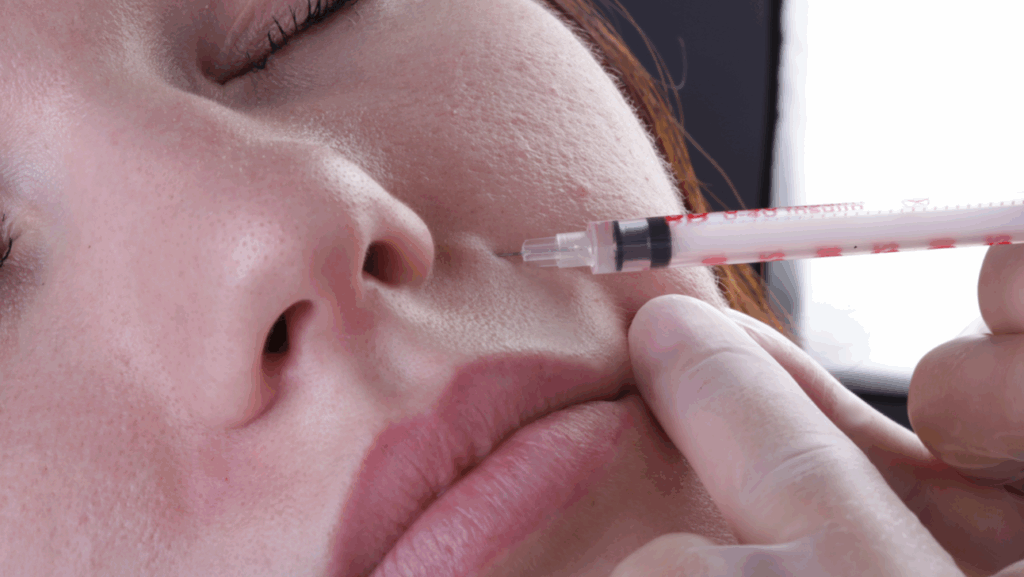
Abstract
The article highlights the basic theoretical foundations and results of work after contour plastic and botulinum toxin therapy to harmonize the patient’s appearance.
Keywords: aesthetic medicine, artificial intelligence, botulinum toxin therapy, fillers, gummy smile, minimally invasive methods, integrated approach, extraoral signs of bite pathology
Introduction
Modern dentistry has completely changed its approach thanks to artificial intelligence. The high-tech equipment has made it possible to combine extraoral and intraoral signs and to take into account all the subtlest details in any case. Such changes led to the need for a comprehensive approach and implementation of methods from related fields.
One of these fields is aesthetic medicine, which expands our capabilities in obtaining higher aesthetic results. This industry is relatively young but is developing extremely rapidly. Of course, dentistry has not been left behind, and many doctors are starting to work in this direction as well. It is worth noting that the methods of aesthetic medicine are especially relevant for such areas of dentistry as surgery, orthodontics, and aesthetic dentistry.
The purpose of the work is to analyze the methods of aesthetic medicine that are relevant for use in dentistry in the format of an integrated approach and are simple and effective for implementation in practice.
Research results and discussion
The priority in modern aesthetic dentistry is an integrated approach to treatment. And one of the modern integral parts of this philosophy is the use of minimally invasive aesthetic medicine methods.
This group of methods includes:
- Lasers
- Chemical peels
- Mesotherapy
- Botulinum toxin therapy
- Contour plastic (use of fillers)
- Thread lifting
- Transplantation of own fat
- Hair transplantation
All of the above methods have an excellent effect on the human body and are very popular. However, for a practicing dentist who is fully engaged in his or her field and only wants to improve the final results of work, botulinum toxin therapy and contour platics are the most relevant.
Botulinum toxin (BTX, botulinum toxin therapy procedure) is a powerful natural exotoxin produced by the anaerobic spore-forming bacterium Clostridium botulinum. There are seven different serotypes (A-G). BTX type A is the most active and widely used botulinum toxin in clinical and aesthetic medicine. In minimal doses, purified BTX-A injected into the muscles of the face and neck creates a transient denervation. The effect of the procedure is temporary. Partial or complete paralysis of certain facial muscles reduces hyperdynamic wrinkles, improves the position or shape of the eyebrows, helps to harmonize the shape of the lower third of the face and lips, and reduces unwanted facial expressions. It is worth noting the positive results of botulinum toxin therapy in the complex treatment of bruxism.
The growing popularity of BTX-A treatment over the past two decades is a testament to its safety and effectiveness. In the United States, BTX-A denervation has been the leading minimally invasive procedure since 2000, with a 3824% increase in the number of BTX-A procedures from 1997 to 2009.
To perform this manipulation, the doctor needs botulinum toxin, saline for reconstitutium, disposable insulin syringes, and means for antiseptic treatment of the skin surface. Procedure lasts a few minutes, does not require preliminary anesthesia, and gives excellent results with minimal complications in experienced hands. The drug is injected subcutaneously or intramuscularly, depending on the area of desired denervation and the depth of the target muscle. The result of the manipulation becomes slightly noticeable on the third to fourth day and increases with each passing day. We see the “final picture” on the 14th day after botulinum toxin injections. The effect lasts up to 6 months.
There are 3 most popular BTX-A brands on the global market: Botox, Dysport, Xeamine. The principle of working with these drugs is generally the same, but there are features of the formulas. The main differences are described in Table 1.
Table 1
| OnabotulinumtoxinA | AbobotulinumtoxinA | IncobotulinumtoxinA | |
| Trade name | Botox® | Dysport® | Xeomin® |
| Company name | Allergan, Inc. | Ipsen Inc./Medicis | Merz Pharmaceuticals |
| Active ingredient | BoNT-A комплекс | BoNT-A комплекс | BoNT-A free from complexing proteins |
| Molecular weight | 900 kDa | 500–900 kDa | 150 kDa |
| Target protein | SNAP-25 | SNAP-25 | SNAP-25 |
| Number of units in the container | 50 or 100 | 300 or 500 | 50 or 100 |
| Indications approved by the FDA | Blepharospasm, cervical dystonia, wrinkles in the upper third of the face, hyperhidrosis, chronic migraines | Blepharospasm, cervical dystonia, wrinkles in the upper third of the face | Blepharospasm, cervical dystonia, wrinkles in the upper third of the face |
| Storage temperature before and after reconstitution | 2–8°C / 2–8°C | 2–8°C / 2–8°C | <25°C / 2–8°C |
Each of the above drugs works predictably and is safe to use. It is important to note that these drugs should be purchased only from authorized representatives to be sure of the original quality and compliance with strict logistics rules.
Figure 1
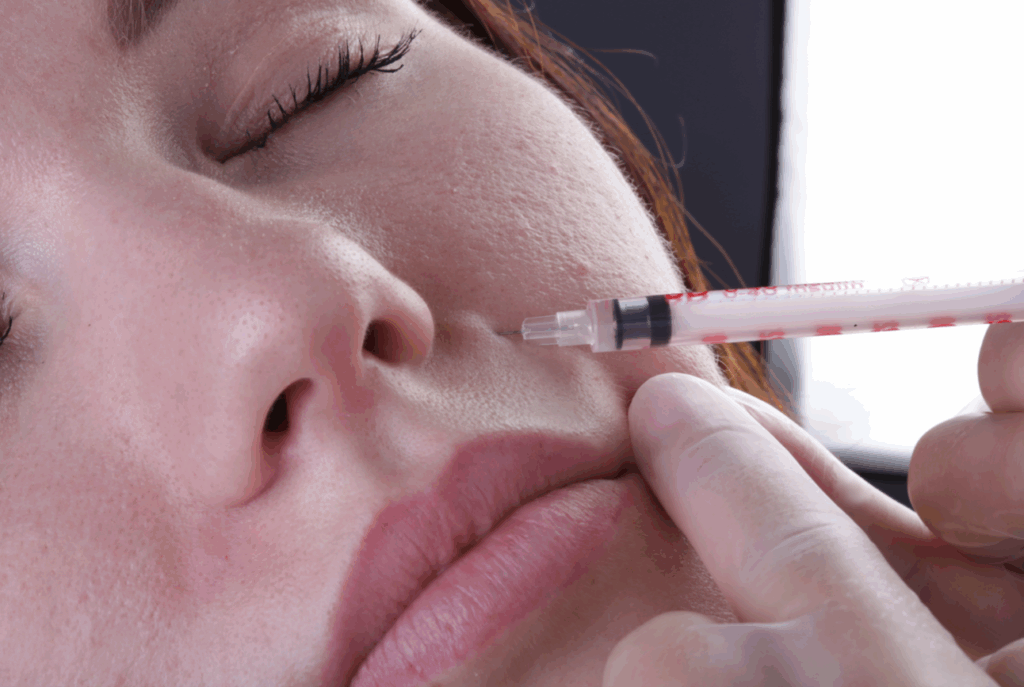
Figure 2
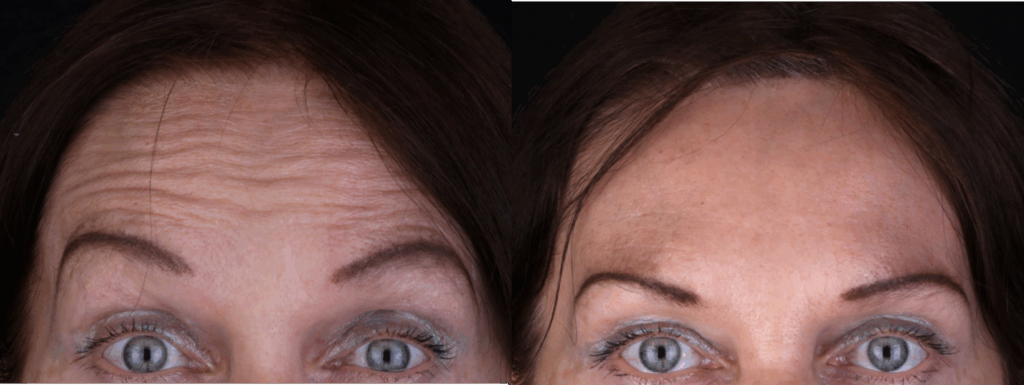
Figure 3
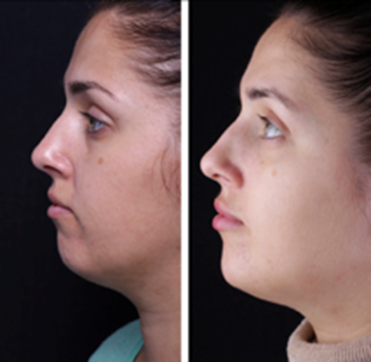
Figure 4
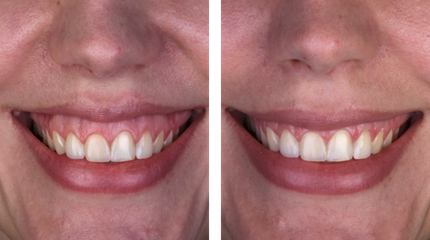
Contouring with hyaluronic acid-based fillers is no less relevant procedure in the dentist’s office. It is especially useful for our profession to be able to work with the perioral area and the lower third of the face in general.
The essence of contour plastics is the injection of a filler to restore and harmonize the volume and contours of the face. The level of injection can be intradermal, subdermal, or periosteal.
Today, we get the safest, most predictable and aesthetic results using hyaluronic acid-based fillers. Hyaluronic acid is a natural polysaccharide that is present in the extracellular matrix of all body tissues and consists of regularly repeating units of d-glucuronic acid and N-acetyl-d-glucosamine.
Figure 5
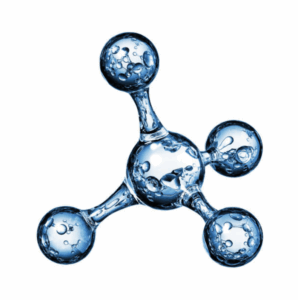
It’s important to note that this is the only filler that has an antidote—hyaluronidase. That is, we can completely “dissolve” it and return the patient to the original situation. This allows the doctor to work with this type of drug calmly, knowing that an unsatisfactory result or complication after the manipulation can be completely eliminated.
Hyaluronic acid has differences depending on the indications. More “dense” hyaluronic acid is injected deeply, supraperiosteal, such as contouring of the cheekbones and chin. Gentle, elastic formulas are used for superficial administration of the drug, for example: lip augmentation, correction of fine wrinkles.
Important differences between currently available hyaluronic acid fillers include:
- source of the hyaluronic acid,
- concentration of hyaluronic acid in each syringe,
- agent used to crosslink the hyaluronic acid polymers,
- degree of modification and crosslinking,
- amount of free unmodified hyaluronic acid available, and
- whether the product is monophasic or biphasic.
The procedure usually requires preliminary application or infiltration anesthesia. Certain fillers also contain lidocaine.
Modern manufacturers of devices for contouring take into account the appearance of tissues after augmentation not only in static but also in dynamics. Therefore, the results of the procedure look natural and aesthetically pleasing. After the procedure, the patient is provided with written and verbal recommendations on how to behave during the tissue healing period. The rehabilitation period lasts from 1 to 7 days.
Figure 6
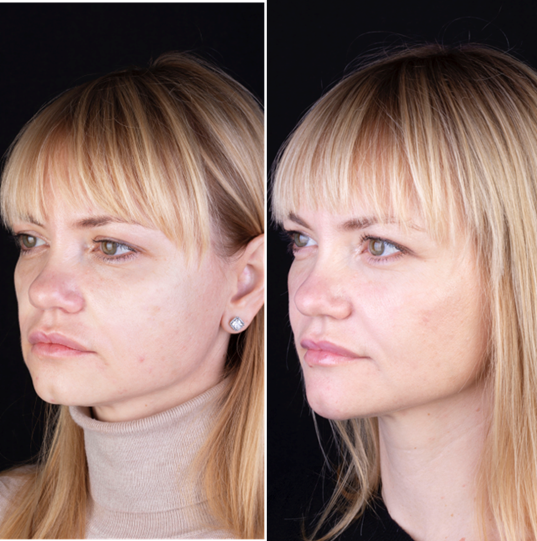
Figure 7
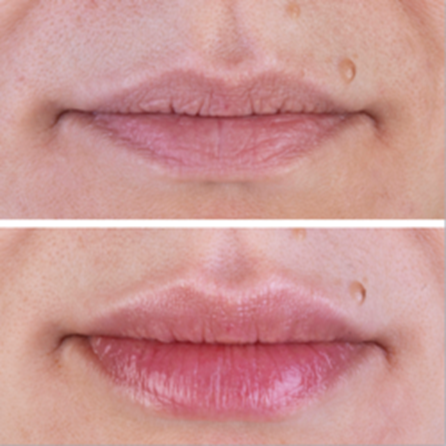
Conclusions
A comprehensive approach and understanding of the possibilities of related fields of medicine is a necessity in our modern dental world. Aesthetic medicine is definitely useful and especially relevant for such areas of dentistry as surgery, orthodontics, and aesthetic dentistry.
Botulinum toxin therapy and contour plastics always have an individualized plan of manipulation, which brings variety and a new note of creativity to our practice. It is also important to note that artificial intelligence (AI) is revolutionizing aesthetic medicine every day by enhancing precision, personalization, and efficiency across various treatments. AI-powered imaging tools meticulously analyze a patient’s facial structure and dental features, enabling highly accurate predictions of outcomes for procedures such as botulinum toxin therapy and filler contouring. This capability allows patients to visualize expected results in advance, fostering better communication and boosting confidence in the treatment process. Additionally, AI can process vast datasets from previous cases, helping clinicians customize treatment plans that are uniquely tailored to each patient’s aesthetic and dental profile. In real-time clinical applications, AI-driven technologies assist dentists by offering guidance during procedures, determining optimal injection points for botulinum toxin or fillers, and monitoring patient responses to provide insights for precise dosage adjustments, thus minimizing the risk of complications. By reducing human error and enhancing accuracy, AI ensures safer treatments with more predictable and consistent results
References
- Ali MJ, Ende K, Maas CS. Perioral rejuvenation and lip augmentation. Facial Plast Surg Clin North Am 2007:15:491-500
- Barton FE Jr, Carruthers J, Coleman S, Graivier M. The role of toxins and fillers in perioral rejuvenation. Aesthet Surg J 2007; 27:632-640
- Flyn TC. Advances in the use of botulinum neurotoxins in facial esthetics. J Cosmet Dermatol 2012; 11: 42-50
- Prendergast P. Aesthetic Medicine, Art and Techniques 2012;10.1007/978-3-642-20113-4.
About the author

Dr. Olena Cherhava, dentist, PhD in Medical Science, international lecturer in the field of aesthetic medicine.

